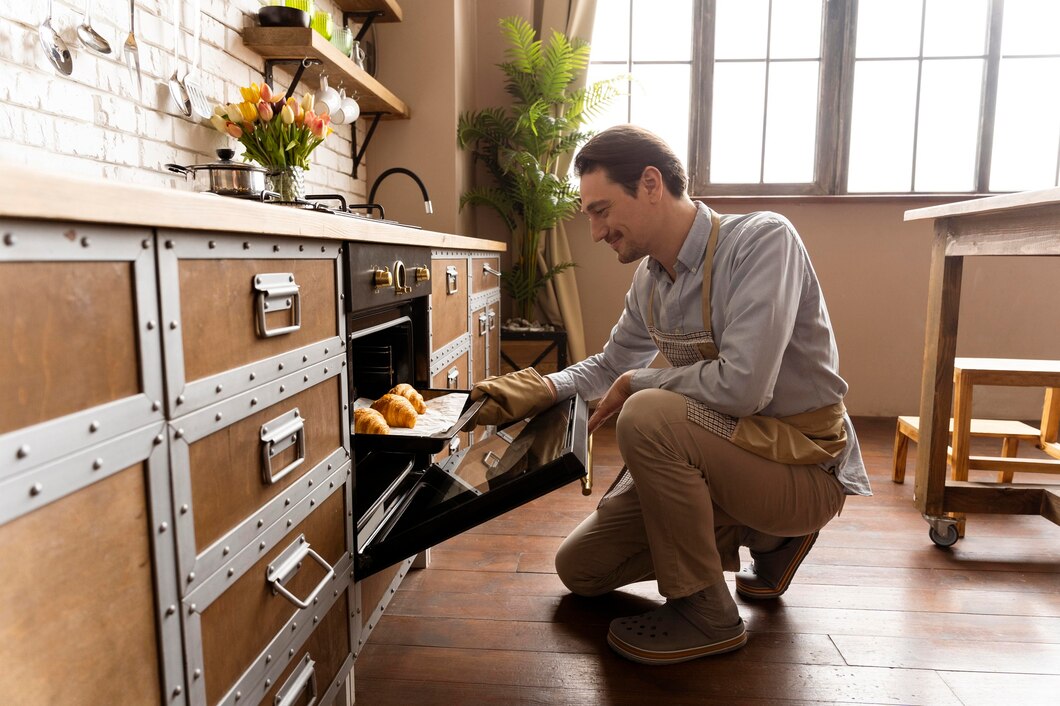Preparing your cabinet refurbishment is a crucial step in ensuring a smooth and successful project. Proper preparation not only makes the refurbishment process more efficient but also enhances the final results. Here’s a comprehensive pre-project checklist to help you get your cabinets ready for their transformation.
1. Assess Your Cabinets
Before diving into the refurbishment process, take a close look at your cabinets. Examine their condition to determine if any repairs or replacements are needed. Check for:
- Structural Issues: Look for loose hinges, broken shelves, or damaged panels.
- Surface Damage: Identify scratches, dents, or water damage that might require sanding or filling.
- Functionality: Ensure that all drawers and doors open and close properly. Any issues here should be addressed before refurbishment.
2. Clear and Clean
2.1. Empty the Cabinets
Remove all items from your cabinets and drawers. This includes dishes, utensils, and any other stored items. Place them in a safe location where they won’t be damaged.
2.2. Clean Thoroughly
Give your cabinets a thorough cleaning to remove grease, dust, and grime. Use a mild detergent mixed with water and a soft cloth. For stubborn grime, a degreaser or a mixture of vinegar and water can help. Ensure the cabinets are completely dry before moving on to the next step.
3. Remove Cabinet Hardware
3.1. Detach Handles and Knobs
Remove all handles, knobs, and pulls from your cabinets and drawers. Keep these hardware pieces in a labeled bag for easy reinstallation later.
3.2. Remove Hinges (if needed)
If your refurbishment plan involves painting or staining the entire cabinet, it’s a good idea to remove the hinges as well. This helps achieve a more professional finish and avoids paint or stain buildup on hardware.
4. Protect Your Space
4.1. Cover Surfaces
Protect the surrounding areas from dust, paint, or stain splatters. Use drop cloths or plastic sheeting to cover countertops, floors, and appliances.
4.2. Mask Off Areas
Use painter’s tape to mask off areas you don’t want to get paint or stain on, such as walls, adjacent trim, and glass panes (if any). This ensures clean lines and prevents accidental damage.
5. Prepare the Cabinet Surfaces
5.1. Sand the Cabinets
Sanding is crucial for a smooth, even surface. Start with a medium-grit sandpaper to remove the existing finish and any surface imperfections. Follow with a fine-grit sandpaper to achieve a smooth surface. For intricate areas, use a sanding sponge or detail sander.
5.2. Fill in Imperfections
If your cabinets have dents, scratches, or holes, use a wood filler or putty to fill them in. Apply the filler with a putty knife, smooth it out, and allow it to dry. Once dry, sand the filled areas until they are level with the surrounding surface.
6. Prime (if necessary)
If you’re painting your cabinets, applying a primer is essential. It helps the paint adhere better and ensures a more uniform finish. Choose a high-quality primer suitable for the type of paint and cabinet material. Apply it with a brush or roller, following the manufacturer’s instructions.
7. Plan Your Design
7.1. Choose Your Finish
Decide on the type of finish you’ll use—paint, stain, varnish, or lacquer. Consider how each option will affect the look and durability of your cabinets.
7.2. Select Your Color or Stain
Choose a color or stain that complements your kitchen or bathroom design. Obtain samples and test them on a small, inconspicuous area of your cabinets to see how they look once applied.
8. Gather Your Supplies
Ensure you have all the necessary supplies for your refurbishment project. This includes:
- Paint or stain
- Primer (if needed)
- Brushes, rollers, or sprayers
- Sandpaper and sanding sponges
- Drop cloths, painter’s tape, and cleaning supplies
- Wood filler and putty knives
9. Review Your Timeline
Finally, plan out the timing of your project. Allow sufficient time for each stage of the refurbishment, including drying times for paint or stain. Set realistic deadlines to ensure you don’t rush through the process.
By following this pre-project checklist, you’ll set the stage for a successful cabinet refurbishment. Proper preparation ensures a smoother application process, better results, and a longer-lasting finish. With everything in place, you’re ready to give your cabinets a fresh, new look.



